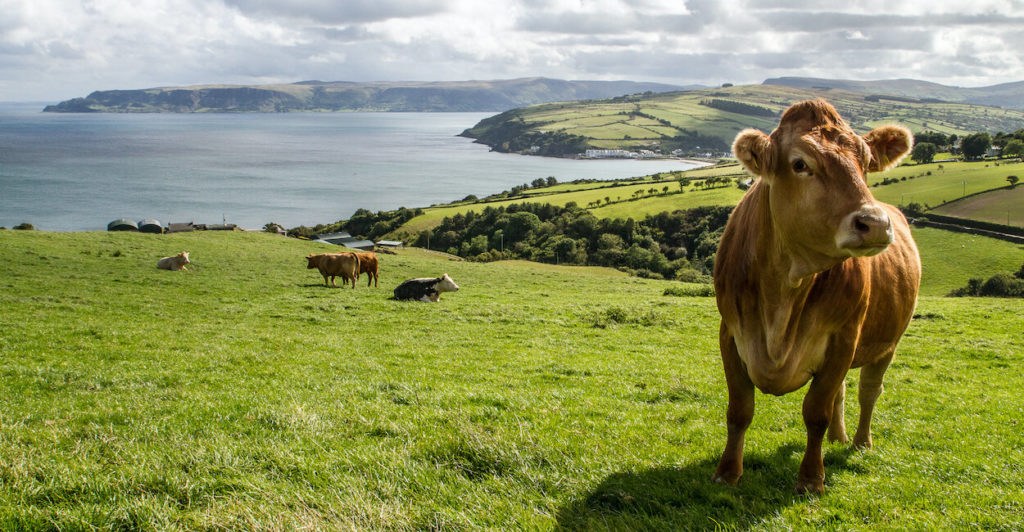European legislation on both agricultural practices and animal welfare is facing scrutiny.
Reform of the Common Agricultural Policy (CAP) is likely to lead to significant changes to help meet the European Green Deal’s goals of achieving climate neutrality by 2050.
At the same time, current EU legislation on animal welfare is undergoing a fitness check by the European Commission, with the review expected to lead to a new wave of European animal welfare legislation.
Yet there is a clear and obvious win to help achieve both the EU’s environmental and welfare goals: greater provisions for improving livestock health throughout Europe.
Calls have already been made to divert CAP funding – nearly €58 billion in 2019, for instance – towards purely environmental causes, given European agriculture was responsible for more than 12 per cent of total EU greenhouse gas emissions in 2018.
However, by ringfencing funding for improving the health of food-producing animals through new medicines and technologies, CAP reforms can not only promote better welfare for the tens of millions of livestock animals across Europe but will also help reduce the environmental impact of European agriculture.
The list of these new innovations in animal health is long. European legislators should seize on their potential benefits to unlock greater sustainability and animal welfare.
Firstly, monitoring and diagnostic tools, such as new remote sensing and sound recognition technology, will allow farmers to quickly identify outbreaks of disease in their livestock, treating it before it spreads. This will prevent avoidable suffering and deaths to disease, allowing a better standard of welfare for animals.
Young farmers are telling us they want to use new technologies, but the barrier to their adoption is often too high. Farmers must be given incentives, financial support, and training to make best use of these new animal health innovations.
Secondly, new vaccine technologies will also prove to be a game-changer in making European agriculture greener and happier for its animals. This includes DIVA vaccines, which allow veterinarians to tell the difference between an infected and vaccinated animal in the event of a disease outbreak. mRNA vaccines, such as those used in the fight against Covid-19, are also in development in this sector, which promise lower costs to farmers and better health to the animals that receive them.
Greater financial and political backing will enable vaccine developers to tackle more livestock diseases, reducing animal deaths to disease and helping to meet the ambition of the ‘Farm to Fork’ strategy to reduce the use of antibiotics by 50 per cent by 2030. A wider range of vaccines will also boost animal welfare, providing animals with protection against a range of diseases not currently preventable by vaccine, such as African Swine Fever (ASF).
Finally, genomic testing and prediction is another key innovation, which will allow farmers to better manage diseases among their livestock and improve the sustainability of their farms.
These tools will also allow farmers to improve their animals’ sustainability traits, such as fertility, feed efficiency, and disease resistance, whilst also allowing for precision treatment, minimising the exposure of animal medicines to the natural environment. In doing so, this would help reduce the burden of animal agriculture on the environment and minimise emissions, helping to meet the goals of the EU’s Biodiversity Strategy for 2030.
With EU policy under review, and the demand to meet our climate targets growing each year, now is the time to place new animal health innovations at the forefront of our discussions. By investing in animal health, we can achieve a healthier, greener, and more inclusive European agriculture that works for all.


